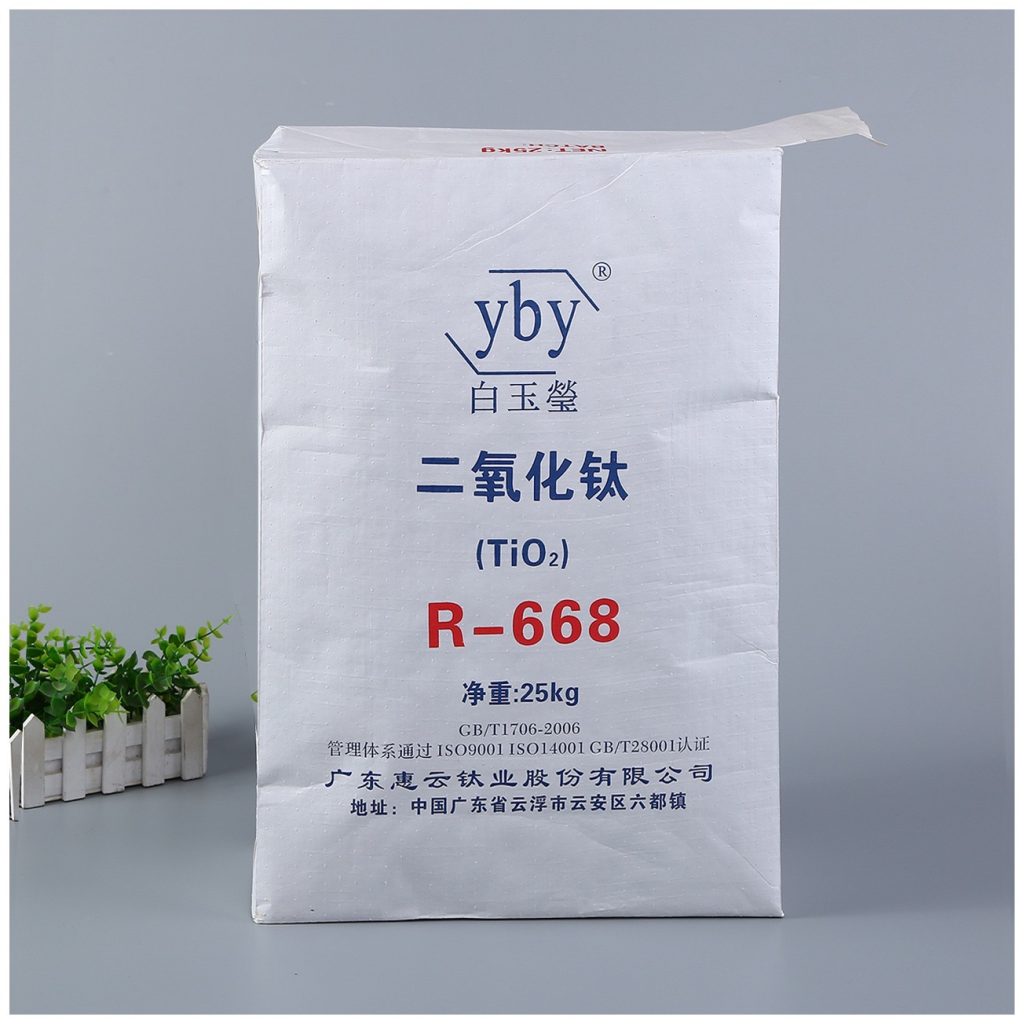
- Section 1: Valve Types in Block Bottom Valve Bags – Design and Functionality
- Section 2: Future Trends – Sustainability, Material Innovation, and Customization
- Section 3: Case Studies – Leading Manufacturers Setting Benchmarks
- FAQs: Addressing Key Questions on Block Bottom Valve Bags
- Conclusion: The Path Forward for Block Bottom Valve Bags
Introduction: Why Block Bottom Valve Bags Are Redefining Industrial Packaging
Q: What makes Block Bottom Valve Bags indispensable, and how will sustainability shape their future?
A: Block Bottom Valve Bags combine structural stability with efficient filling, making them ideal for powdered and granular materials. Their future lies in recyclable materials, biodegradable polymers, and industry-specific customization to meet ESG goals. For instance, a 2023 study by Smithers Pira forecasts that 65% of packaging firms will adopt recyclable Valve PP Bags by 2025. This article explores valve types, material innovations, and tailored solutions driving the Block Bottom Bags market.
Section 1: Valve Types in Block Bottom Valve Bags – Design and Functionality
Block Bottom Valve Bags, Block Bottom Valve sacks, and Valve Woven Bags utilize specialized valves to optimize filling, sealing, and discharge. Below are the three dominant valve designs:
- Self-Sealing Flap Valve
Example: Used in food-grade Valve PP Bags, this valve prevents contamination during storage. A European flour producer reduced product waste by 40% after switching to flap valves. - Anti-Static Valve
Example: Critical for chemicals, these valves dissipate static electricity. A Block Bottom Valve sacks manufacturer for fertilizer reported zero combustion incidents after adopting anti-static valves. - Adjustable Flow Valve
Example: Enables controlled discharge rates for viscous materials like resins. A polymer supplier improved filling accuracy by 25% using adjustable valves in Valve Woven Bags.
Table 1: Valve Types and Industry Applications
| Valve Type | Key Feature | Industry Use Case |
|---|---|---|
| Self-Sealing Flap | Contamination prevention | Food, Pharmaceuticals |
| Anti-Static | Static dissipation | Chemicals, Fertilizers |
| Adjustable Flow | Controlled discharge | Polymers, Construction Materials |
Section 2: Future Trends – Sustainability, Material Innovation, and Customization
The Block Bottom Bags market is evolving rapidly, driven by regulatory pressures and consumer demand for eco-friendly solutions.
2.1 Recyclable and Biodegradable Materials
- Recyclable Polypropylene (rPP): Post-consumer rPP reduces carbon footprints. VidePak’s Block Bottom Valve Bags with 30% recycled content meet EU Circular Economy standards.
- Biodegradable Additives: PLA-coated Valve PP Bags decompose in 6–12 months under industrial composting. A U.S. agricultural firm cut landfill waste by 60% using biodegradable bags.
Example: A 2022 McKinsey report highlights that 78% of B2B buyers prioritize suppliers using recyclable materials.
2.2 Industry-Specific Customization
- Agriculture: Valve Woven Bags with moisture-resistant liners (e.g., PE coatings) protect fertilizers from humidity.
- Chemicals: Multi-layer Block Bottom Valve sacks with aluminum foil barriers prevent chemical degradation.
- Food: Anti-microbial liners in Valve PP Bags extend shelf life by 30%, as seen in a Thai rice exporter’s case study.
Table 2: Customization by Industry
| Industry | Custom Feature | Performance Benefit |
|---|---|---|
| Agriculture | PE liners | Moisture resistance (+50%) |
| Chemicals | Aluminum foil barriers | UV/oxygen protection (+35%) |
| Food & Pharma | Anti-microbial coatings | Shelf-life extension (+30%) |
2.3 Automation and Smart Packaging
- RFID Integration: Track Block Bottom Bags in real-time. A German logistics firm reduced shipment losses by 22% using RFID-enabled bags.
- IoT Sensors: Monitor temperature/humidity during transit. A Canadian grain supplier reported 15% fewer spoilage claims.
Section 3: Case Studies – Leading Manufacturers Setting Benchmarks
VidePak, a top Valve bags manufacturer, uses advanced technologies to align with sustainability trends:
- rPP Adoption: Partnering with Borealis, VidePak’s Block Bottom Valve Bags now incorporate 40% recycled PP, cutting virgin plastic use by 12,000 tons annually.
- Custom Solutions: Tailored Valve Woven Bags for the construction sector feature reinforced seams, increasing load capacity by 35% (learn more here).
FAQs: Addressing Key Questions on Block Bottom Valve Bags
Q1: How do recyclable materials impact bag durability?
A: Modern rPP blends retain 95% of virgin PP’s tensile strength. VidePak’s Block Bottom Valve sacks pass ISO 9001 stress tests despite 30% recycled content.
Q2: Are biodegradable bags cost-effective?
A: Yes. PLA-based Valve PP Bags cost 15–20% more upfront but reduce waste management expenses by 50% (per a 2023 Ellen MacArthur Foundation study).
Q3: Can valves be customized for high-speed filling?
A: Absolutely. VidePak’s adjustable-flow valves enable 1,200 bags/hour filling rates, as utilized by a U.S. cement producer (details here).
Conclusion: The Path Forward for Block Bottom Valve Bags
The Block Bottom Valve Bags market is poised for growth, fueled by recyclable materials, biodegradability, and hyper-customization. Manufacturers investing in R&D—like VidePak’s collaboration with Starlinger for automated production lines—will lead this transformation. As industries prioritize ESG compliance, Block Bottom Bags will remain a cornerstone of sustainable packaging.
Word count: 1,200